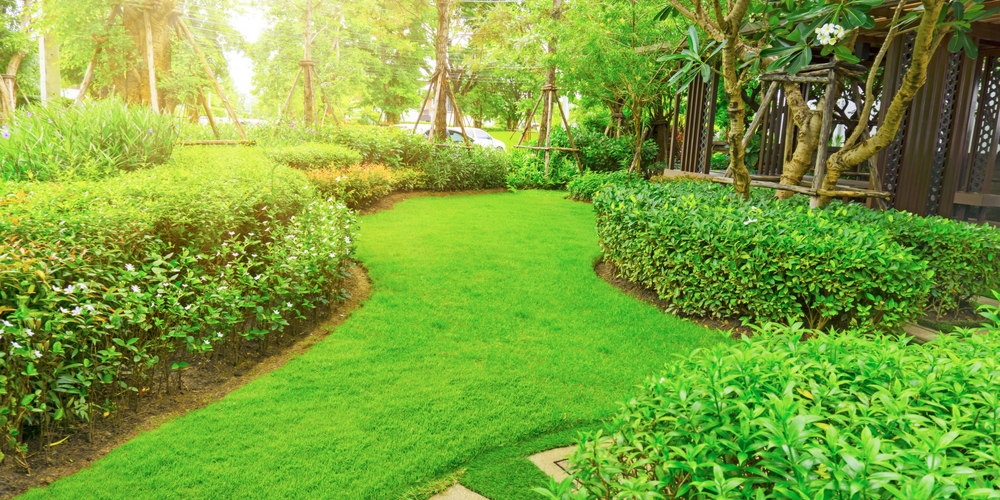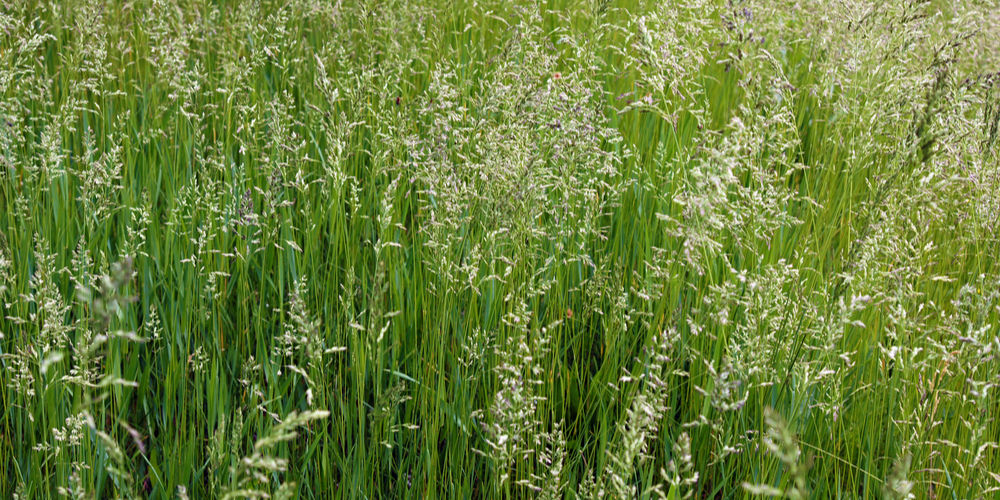Fescue is an excellent cool-season grass that you should consider adding to your garden if you are looking for a relatively low-maintenance lawn. While easy to grow, you’ll still need to give it proper care for it to thrive. While all plants need plenty of sunlight, water, nutrients, and soil to grow and stay healthy, the story doesn’t end there.
Besides giving your lawn the care it needs to develop into healthy turf, you must plant your grass seeds at the right time of the year. Inappropriate timing can stop germination, expose your lawn to diseases and fungal infections, and make it more vulnerable.

To prevent all of that from happening, you must sow your grass seeds when most suitable to your lawn type. Indeed, not all types of grass require the same conditions.
If you are thinking about planting fescue on your lawn, you will benefit from the information we included in this essential guide. Here, we collected everything we think you must know to have healthy and thriving fescue grass in your garden.
In general, fall is the best time to plant fescue grass. The mild temperatures are cool enough to allow your grass to establish itself without dealing with the warmth and increased amounts of pests and diseases. Plus, they are warm enough so that your seedlings can grow roots without being disturbed by frosts and other types of stress that might halt their growth. But what if you can’t plant your fescue grass seeds in the fall?
If you are asking yourself: “Can I plant fescue in the spring”?” you’ve landed in the right spot to find a concise but complete answer to your question. Keep reading to find out whether planting fescue in the spring is a good option or not.
Can I Plant Fescue in the Spring?
If you are new to grass planting, you probably are unsure about what to do with your seeds. Should you plant now or wait for the temperatures to rise a bit to get better results?
With fescue, the ideal planting time is in the fall. Usually, planting this type of grass in the spring isn’t as successful. Heat might damage your seeds to the point of stopping them from developing roots and growing into seedlings. Plus, planting your grass in the spring might cause conflict with the application of weed control.
If you are experiencing problems with weeds, make sure you wait a suitable amount of time before planting new grass. Otherwise, you may cause them to die prematurely without getting any turf. Always check the instructions you find on the package of the product you use to avoid causing damage to your grass.
Also, keep in mind that fescue is a cool-season plant. It does best in mild conditions and won’t germinate when temperatures are above 75F. Still, if your lawn is experiencing bare areas from a harsh winter, spring seeding might be a good option.
To get satisfactory results, you must take appropriate measures. Don’t forget to aerate your soil before sowing your grass seeds to ensure your plants get enough oxygen and sunlight to start photosynthesis and germinate. To boost the growth of your lawn, you must thoroughly water your seeds.
Also, don’t forget to avoid pushing them too deep into the ground: it might cause them not to grow due to the lack of sunlight. Seedling aftercare is crucial for the success of your lawn.
Can I Plant Fescue in the Spring?: The Bottom Line
While we don’t recommend planting your fescue grass in the spring, you can sow seeds in the thinner areas to improve your lawn’s health and help it recover after a harsh winter or lots of stress. Indeed, fescue doesn’t spread laterally as other grasses do. It is not uncommon to see bare areas after the winter.
Under such conditions, sowing your grass in the spring is not such a bad idea. It can cut the time to get a full and lush lawn in half. However, if your grass is already healthy, spring seeding might harm it.
Fescue doesn’t do well in crowded areas: it will become thinner when overpopulated, causing unattractive patches. Remember that optimal spring planting varies by location. Always check with your local weather conditions before making a decision.
Related Article: When is the Best Time of Year to Plant Fescue?
